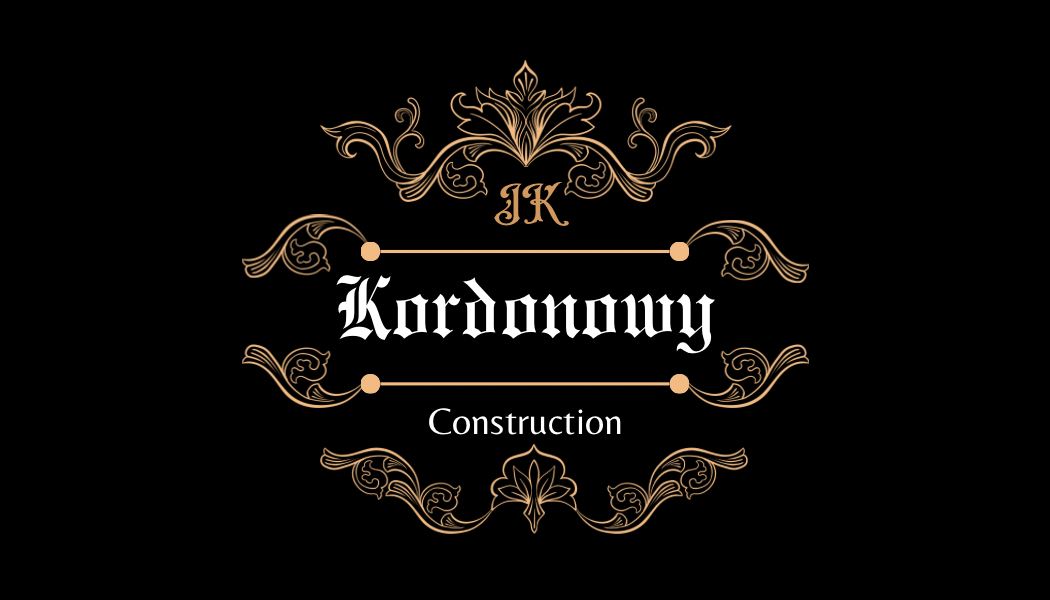
Concrete & Blown-in insulation Specialists
Contact us! Estimates are Free!
jessekordonowy@kordonowyconstruction.com
(605) 863-2686
Rapid City, SD
Feel free to visit our socials!
-
Concrete
Pros:
Durability: Concrete is long-lasting and can withstand heavy loads and harsh weather conditions.
Low Maintenance: Requires minimal maintenance compared to asphalt.
Aesthetic Options: Can be stamped, colored, or textured for various design options.
Heat Resistance: Does not soften in high temperatures.
Cons:
Cost: Generally more expensive to install than asphalt.
Installation Time: Takes longer to cure and be ready for use.
Repair Difficulty: Repairs can be more challenging and noticeable.
Cold Weather: Can crack in freezing temperatures if not properly installed
-
Asphalt
Pros:
Cost: Typically cheaper to install than concrete.
Quick Installation: Can be used soon after installation.
Flexibility: More flexible, making it less prone to cracking in cold weather.
Easy Repairs: Easier and less noticeable to repair.
Cons:
Maintenance: Requires more frequent maintenance, such as sealing and resurfacing.
Heat Sensitivity: Can soften and become sticky in high temperatures.
Shorter Lifespan: Generally has a shorter lifespan compared to concrete.
Aesthetic Limitations: Fewer design options compared to concrete.
-
Crack filling is a maintenance technique used to repair cracks in asphalt and concrete surfaces. It involves filling the cracks with a specialized material to prevent water infiltration, protect the base, and extend the life of the pavement. Crack filling is a cost-effective solution that improves the safety and appearance of the surface. However, it is often considered a temporary fix.
-
Blown-in insulation is a type of insulation that is installed by blowing or spraying loose-fill insulation material into place using special equipment. It is commonly made from materials like cellulose, fiberglass, or mineral wool. This method allows the insulation to fill gaps and hard-to-reach areas, providing comprehensive coverage and improving energy efficiency. Blown-in insulation is often used in attics, walls, and floors to enhance thermal performance, reduce noise, and increase overall comfort in a building.
-
Fewer Leaks:
Since seamless gutters lack joints, there's less chance of water escaping and causing damage to your home's foundation.
Lower Maintenance: Without seams, debris like leaves and twigs are less likely to get stuck, reducing the need for frequent cleaning.
Longer Lifespan: Seamless gutters are typically made from durable materials like aluminum or copper, making them more resistant to wear and tear.
Better Aesthetics: They provide a sleek, uniform look that enhances curb appeal compared to traditional gutters.
Custom Fit:
Because they are made to order, seamless gutters match the exact dimensions of your home, ensuring optimal performance.
Concrete
Residential concrete work including sidewalks, patios, driveways, and retaining walls. As well as decorative work such as stamped and colored concrete.
Seamless Gutters
Seamless gutters are custom-made on-site to fit your home perfectly, eliminating joints and seams that can lead to leaks and clogs.
Crackfilling
We can route, clean and crack fill anywhere from parking lots to streets and driveway.
Blown-in insulation
Blown-in insulation provides superior performance and convenience, making it a popular choice for homeowners. This insulation method effectively fills gaps and crevices, creating a uniform layer that reduces heat transfer and improves energy efficiency. By investing in blown-in insulation, homeowners can enjoy lower energy bills, enhanced comfort, and a more environmentally friendly home. Whether you're looking to upgrade your attic insulation or improve overall thermal performance, our blown-in insulation services are designed to meet your needs year-round, including during the winter months.
For a free estimate, schedule an appointment today!




